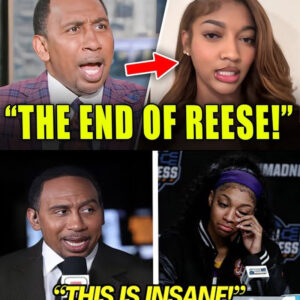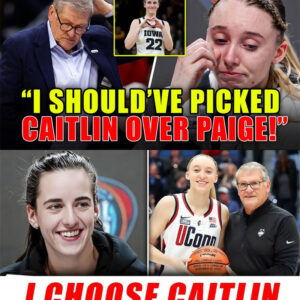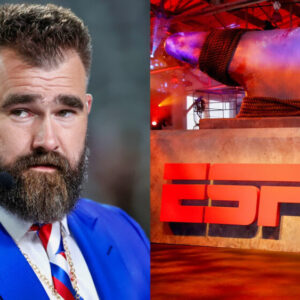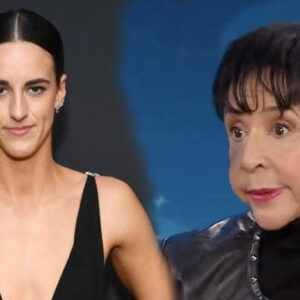The game against Japan had the lowest attendance

The USA women’s basketball team started their 2024 Olympic journey with a statement 102-76 win over Japan. However, despite their dominant performance, the game was marked by a surprisingly low turnout, drawing the smallest crowd among the opening women’s basketball games at the Paris Olympics.
This attendance issue sparked criticism from NBA analyst Stephen A. Smith, who questioned the selection committee’s decision not to include Caitlin Clark and Angel Reese on the roster.
A’ja Wilson and Brittney Griner react to trolling Caitlin Clark sign in Paris
During his talk show, Smith pointed out that the game against Japan had the lowest attendance among the initial women’s basketball games, suggesting that the inclusion of popular players like Clark and Reese could have attracted more fans.
Smith gives his take
He emphasized that Caitlin Clark has been instrumental in boosting interest in women’s basketball, both during her college career with the Iowa Hawkeyes and now in the WNBA.
Smith argued that these players are not just skilled athletes but also draw significant viewership, which could have helped fill the arena. He presented data showing the substantial audiences that Clark attracts, reinforcing his point that star players play a crucial role in bringing fans to the games.
“Team USA’s win over Japan only drew 13,040 fans which was the lowest attended game among the opening six matchups in group play,” he said.
“The Serbia v. Puerto Rico game was the 2nd worst-attended game with 15,324 fans in attendance.
“Four of the six opening games drew over 20,000 fans. This had some observers wondering if the presence of Caitlin Clark and Angel Reese would have the stands packed for Team USA.
“Not only did this year’s WNBA All-Star Game set a record with 3.4 million viewers, an increase of over 300% from the 2023 game, but the top 12 WNBA broadcasts this season have all been Fever games. On top of that, the Fever lead the WNBA in attendance at over 16,000 fans per game, over 4,000 more than the next closest team.”
Relative Articles
None found





